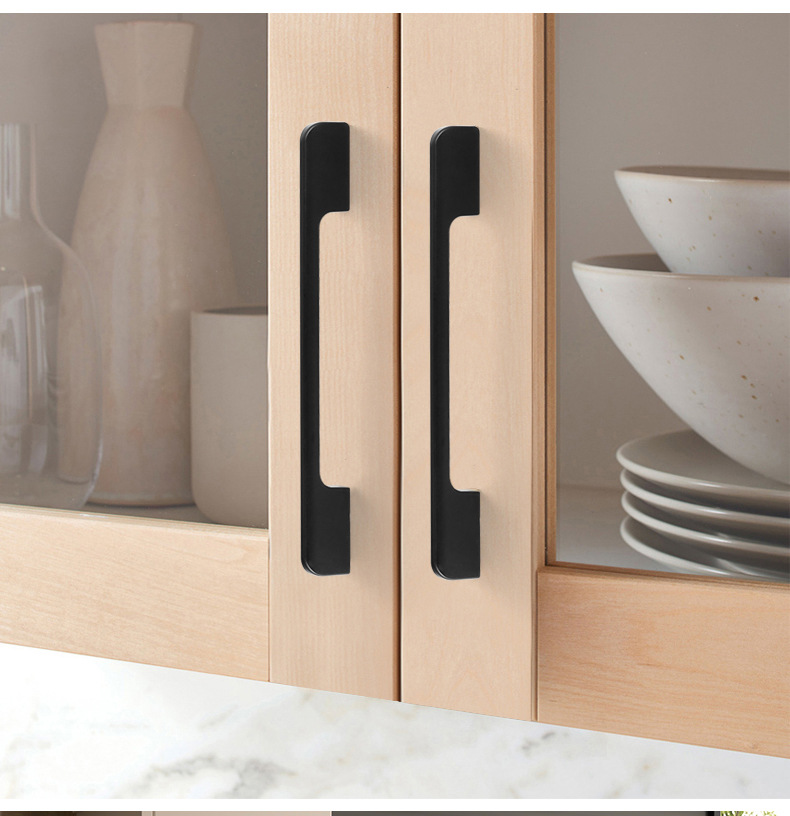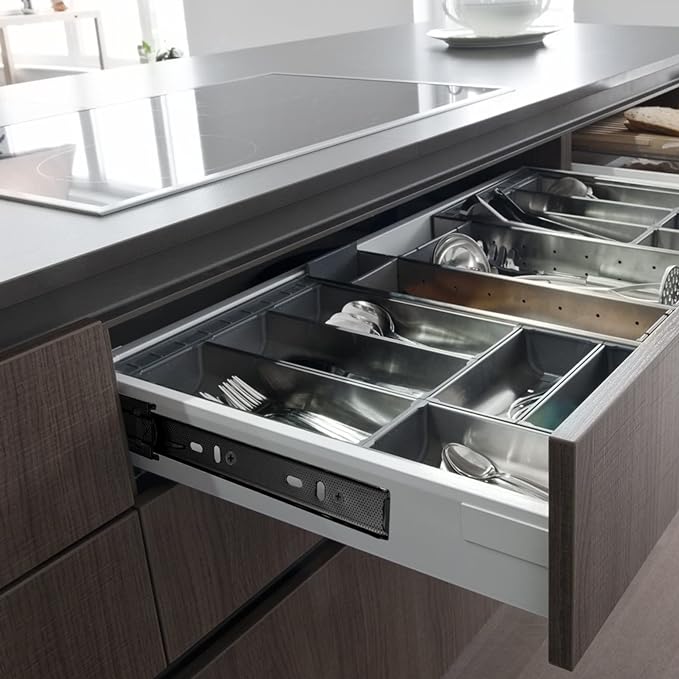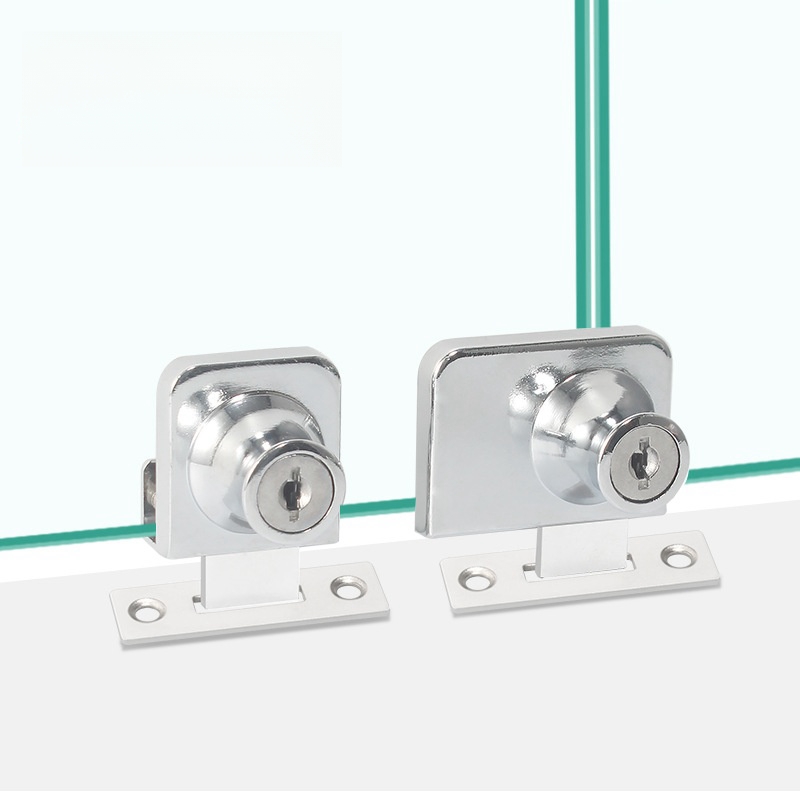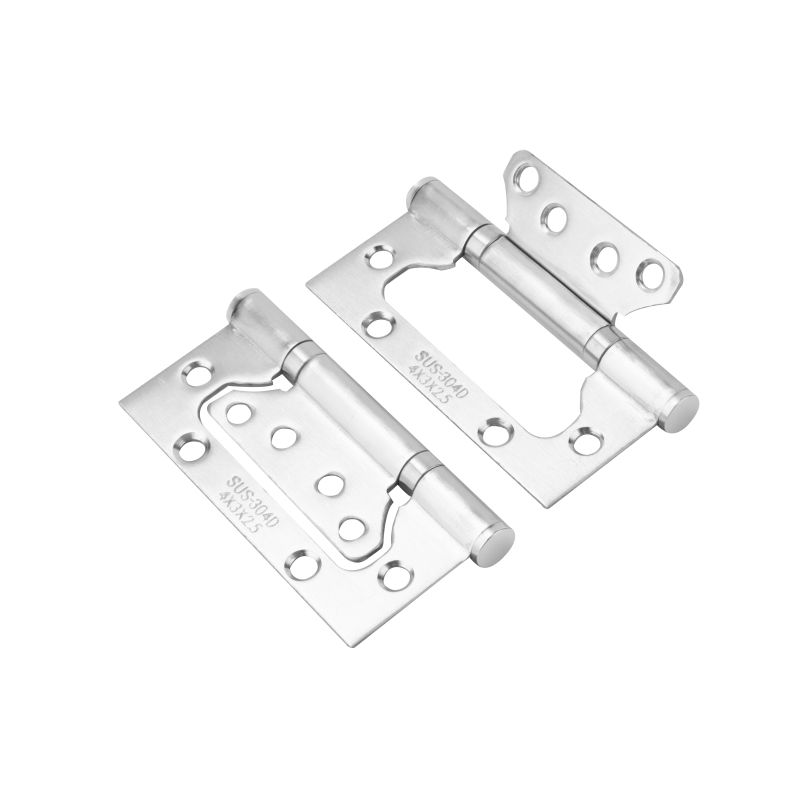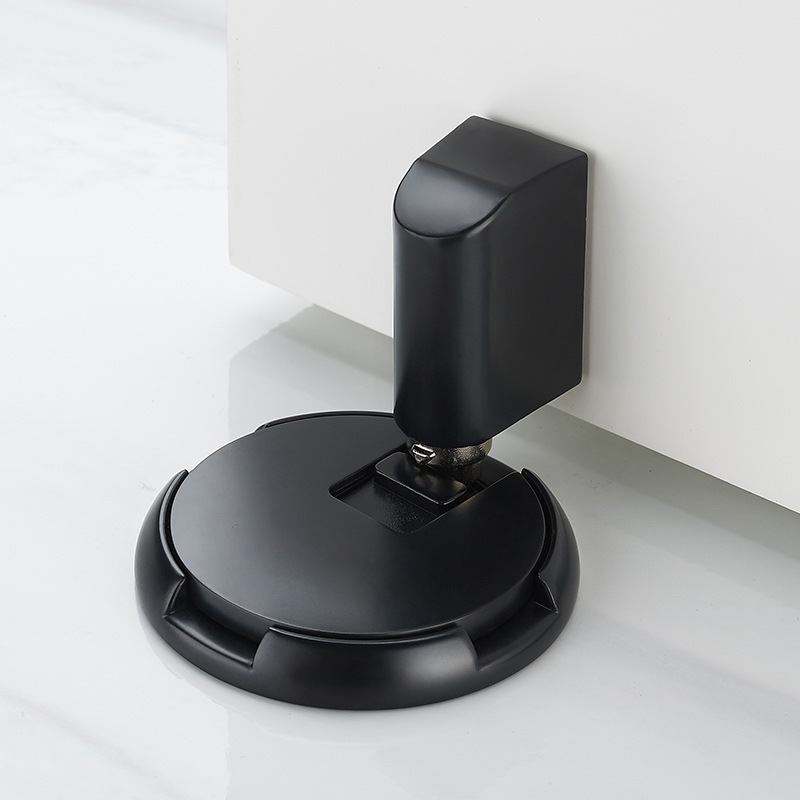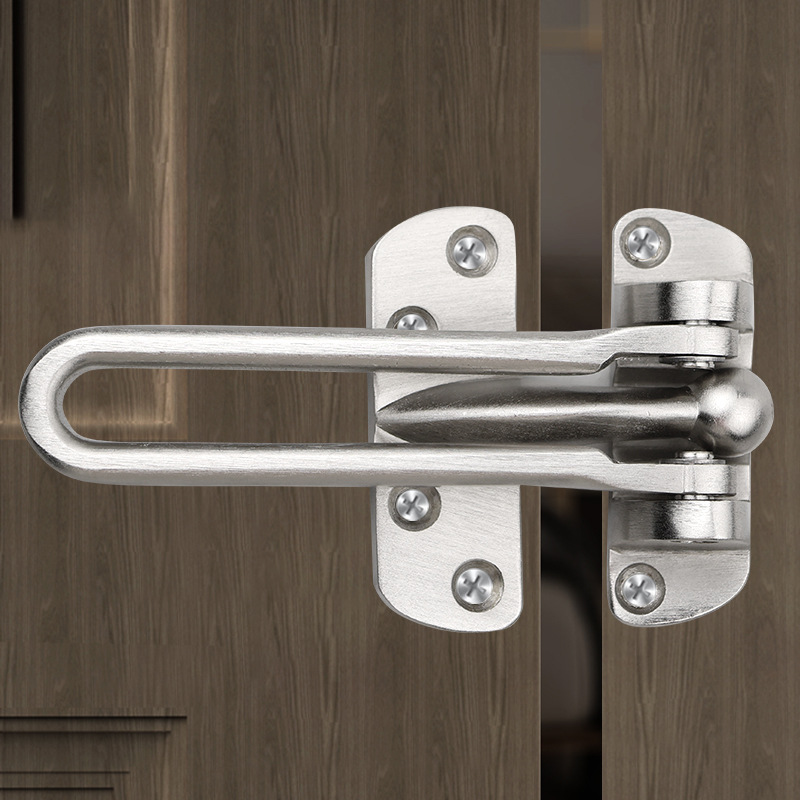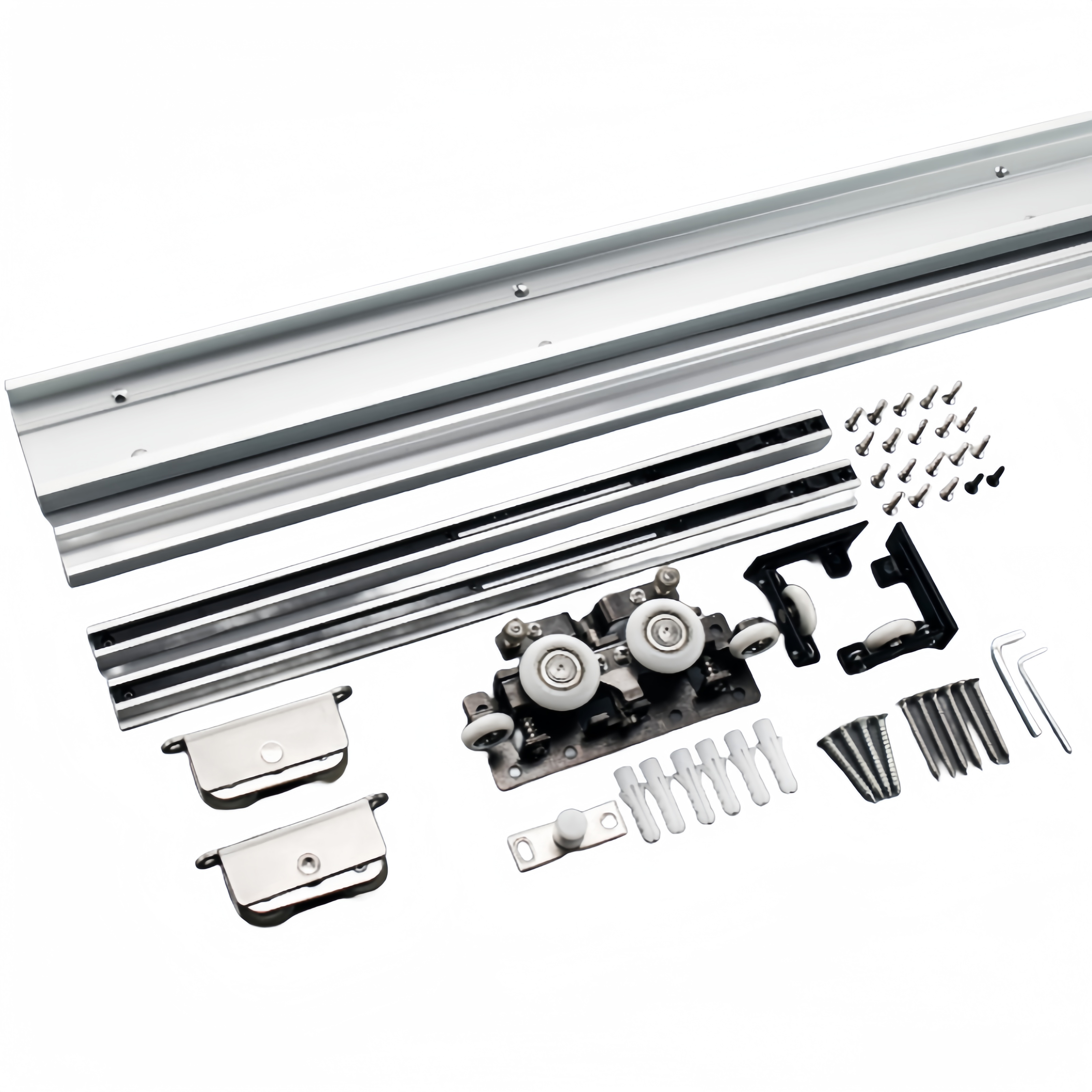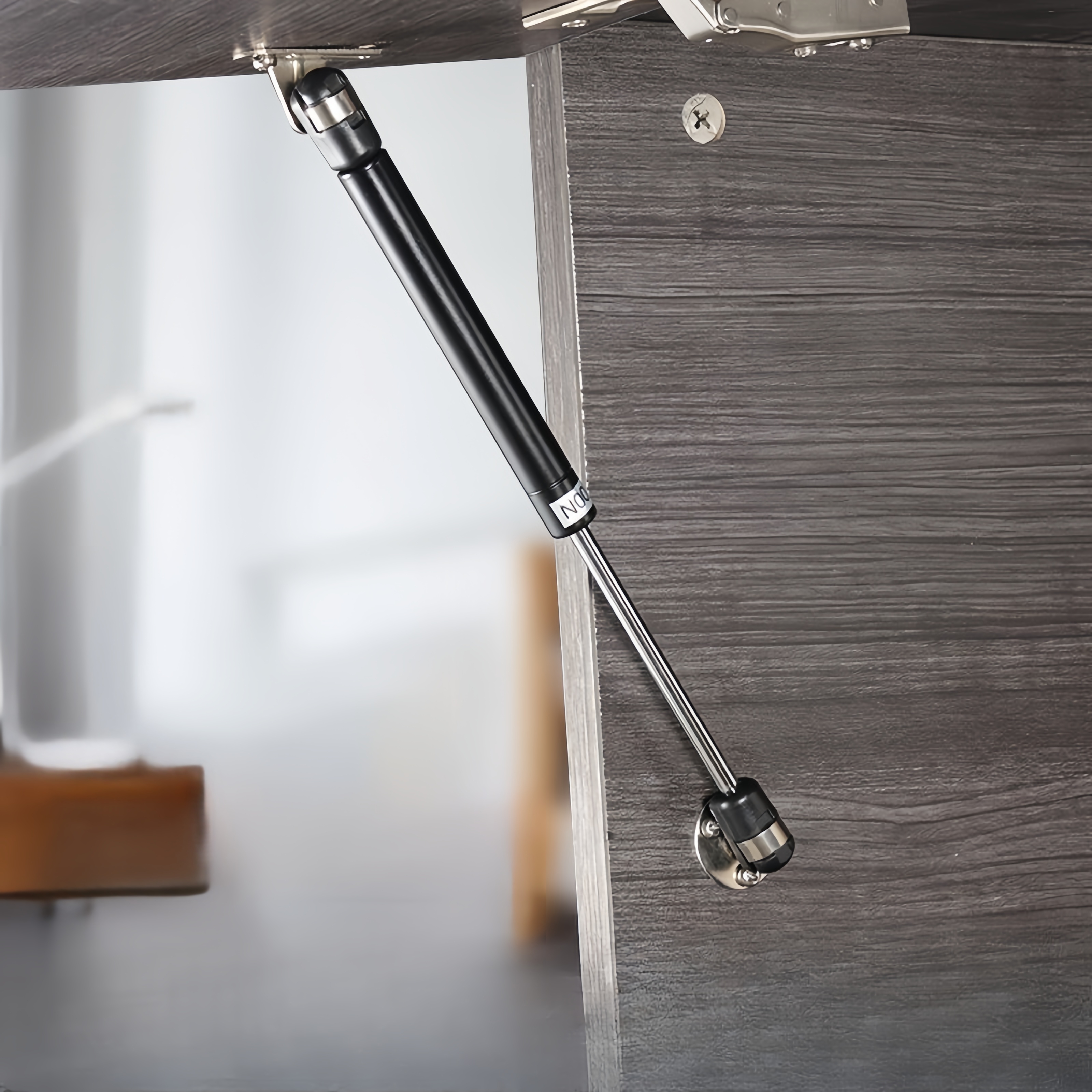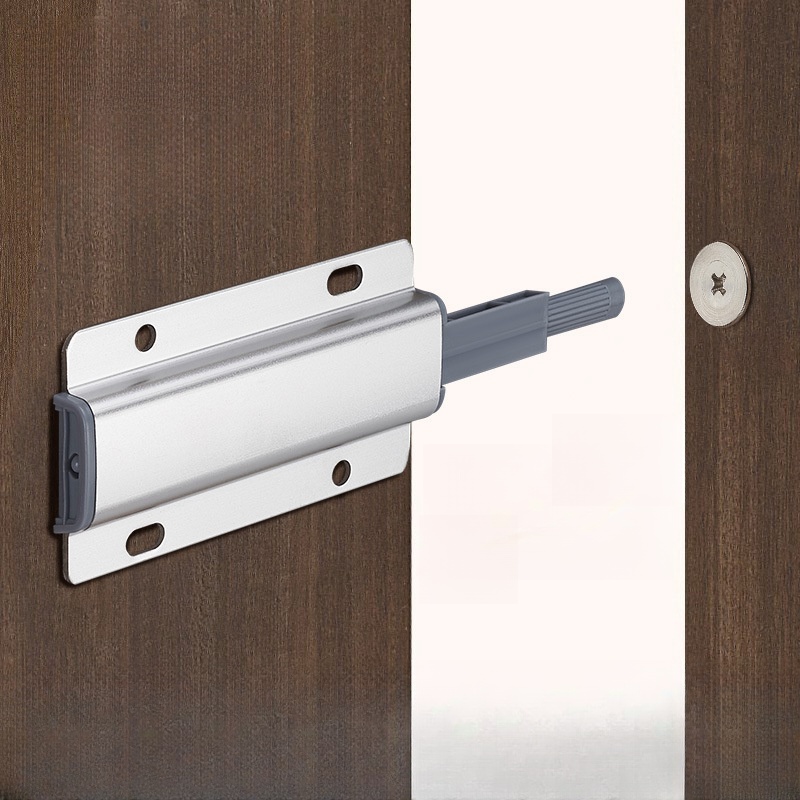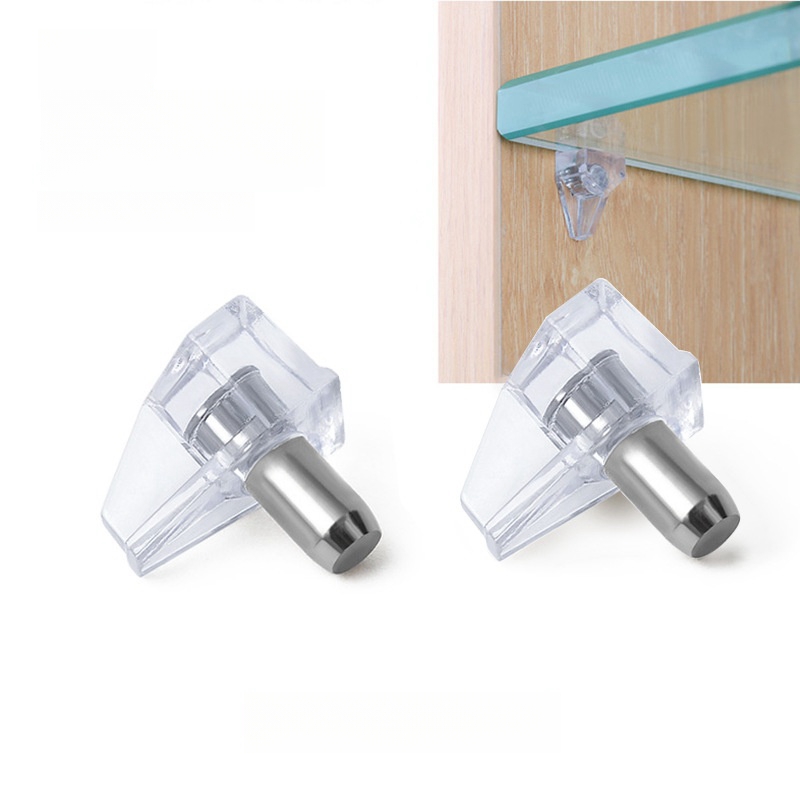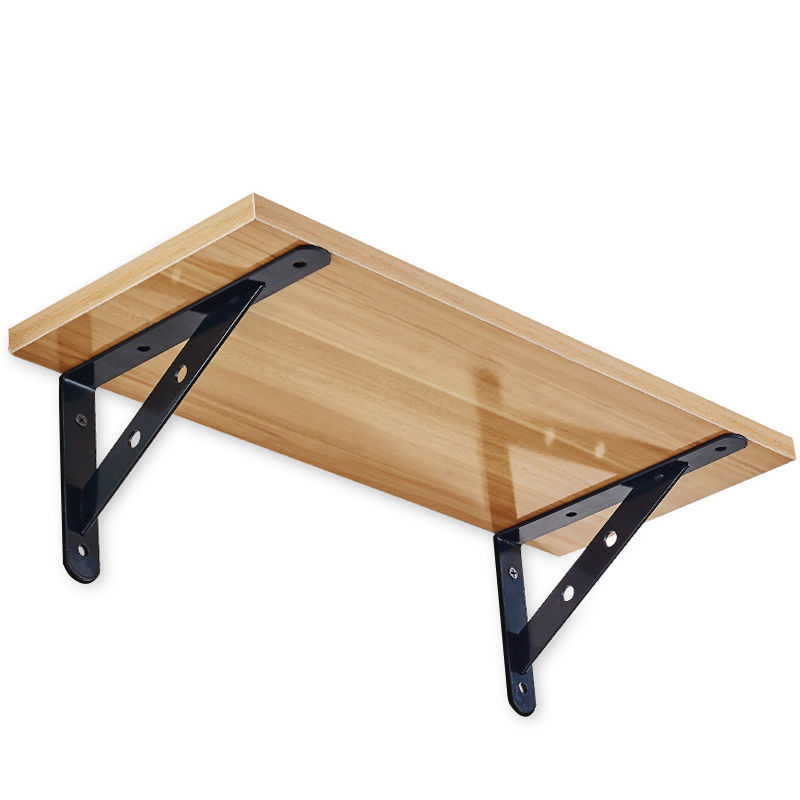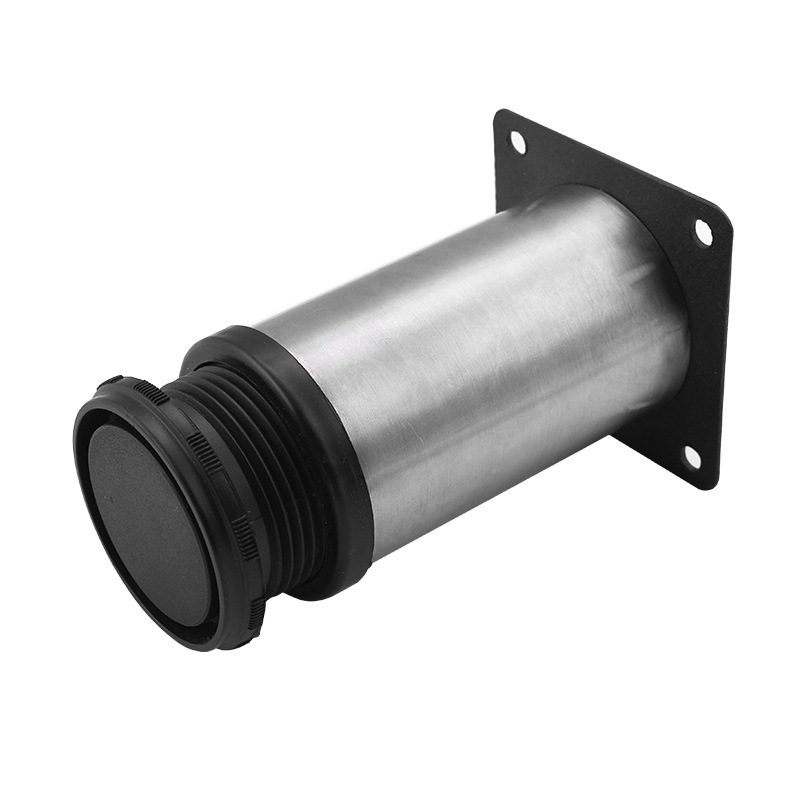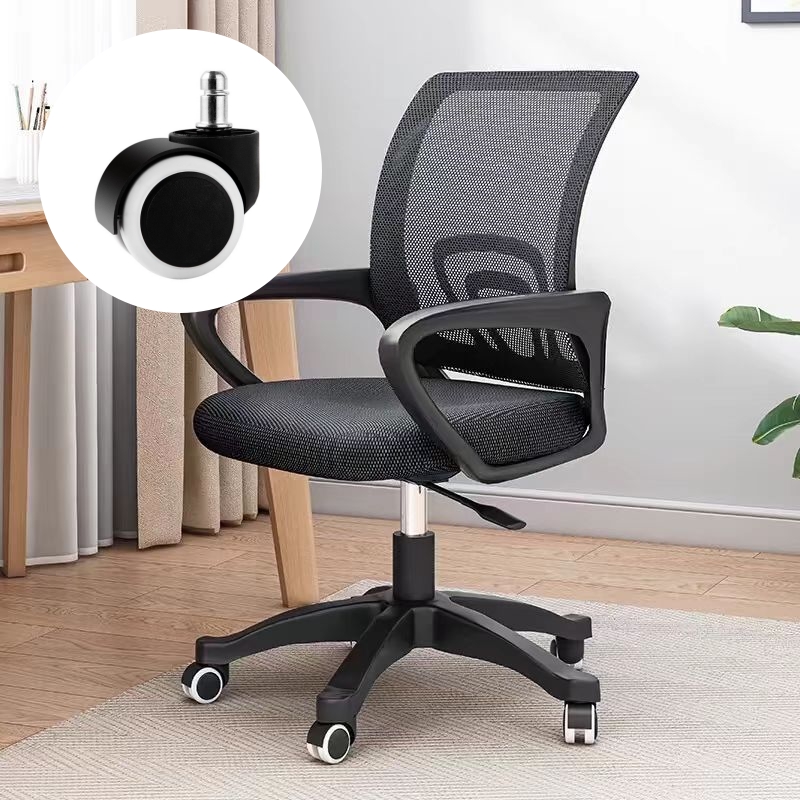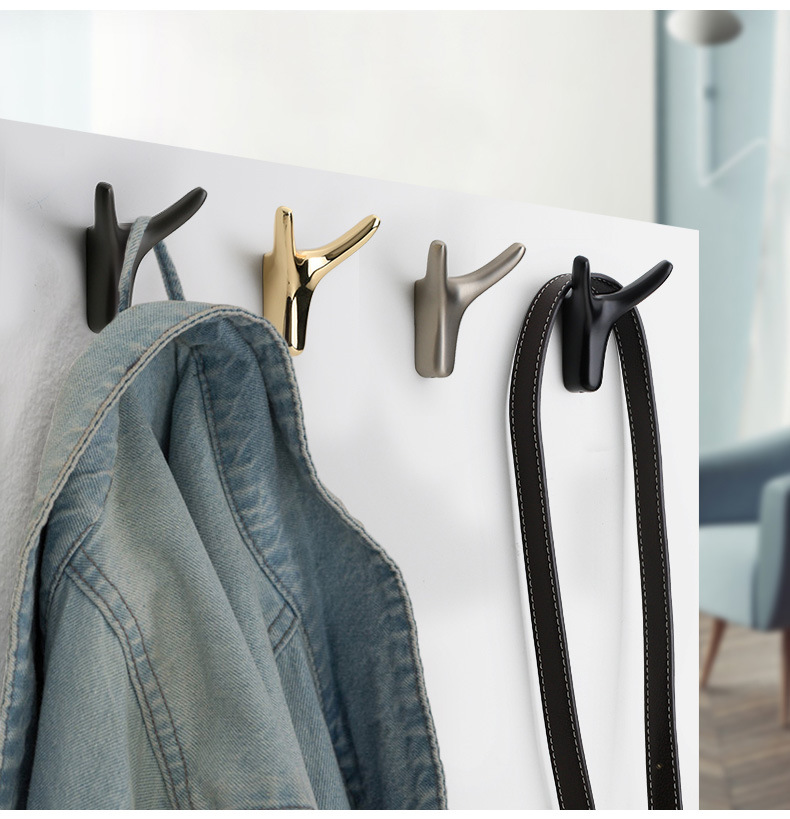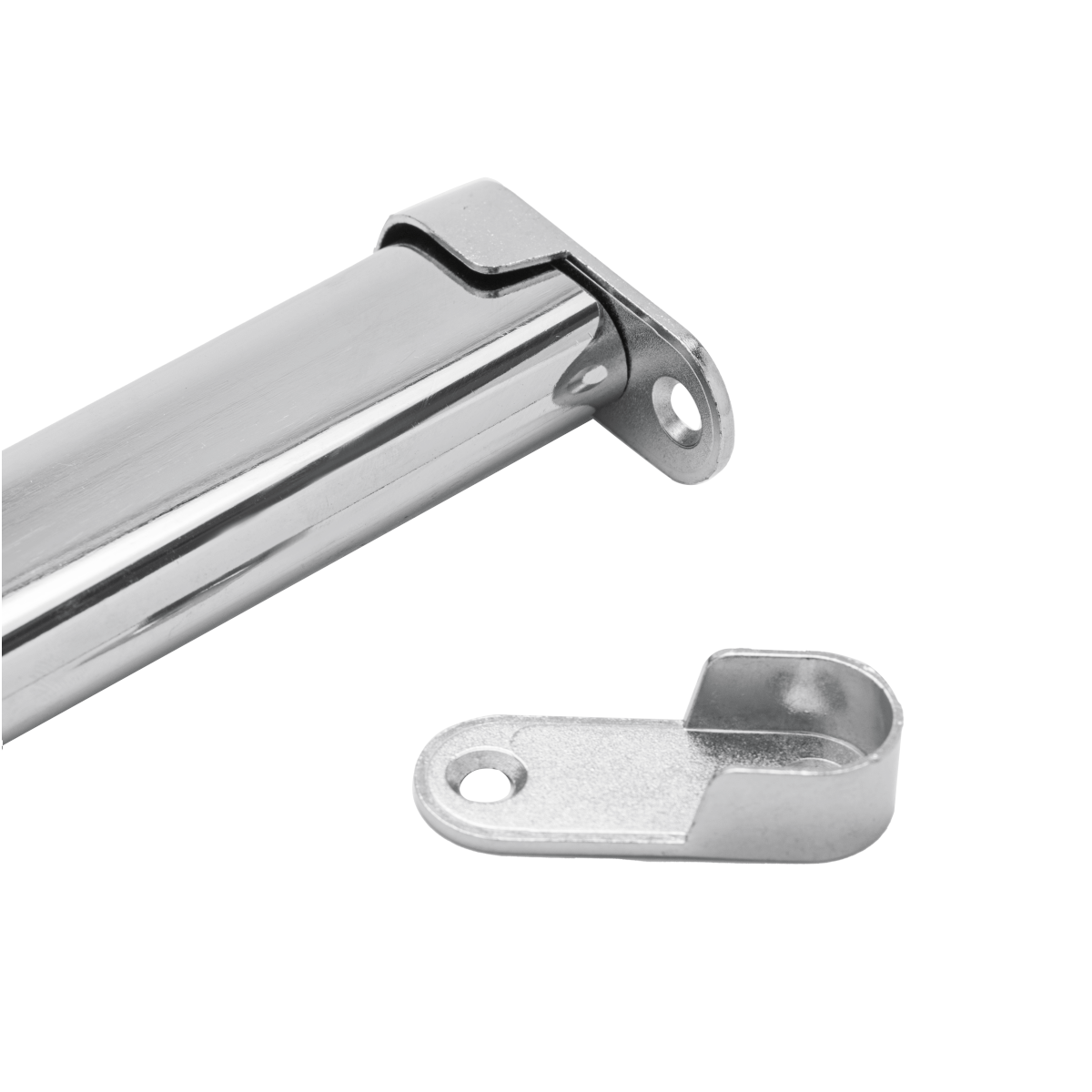
ABOUT
Guangzhou Toplink hardware Co., Ltd specialized in the production and export of furniture hardware fittings, with an experience of more than 14 years.
Our main products are drawer locks, cabinet hinges, sliding rails, cabinet handles, casters, cabinet legs and connecting fittings etc..
With a complete range of products, excellent performance and reasonable prices we have built up business with many customers all over the world.
We are committed to strict quality control and considerate customer service. We sincerely looking forward to becoming your best choice and the most reliable partner!
PRODUCTS
how to choose door hardware
Understanding Your Needs and Style
Before diving into the specifics of different hardware styles, it's crucial to define your needs and desired aesthetic. Consider the overall style of your home. Is it modern, traditional, rustic, or contemporary? The hardware should complement, not clash with, the existing design. Take photos of your doors, surrounding walls, and other fixtures to help visualize how different hardware styles would integrate.
Think about the level of security you require. For exterior doors, security is paramount. You'll want robust deadbolts, potentially with high-security features like pick-resistant cylinders and reinforced strike plates. Interior doors, on the other hand, generally require less robust security, focusing more on ease of use and aesthetics.
Consider the traffic flow in your home. High-traffic areas, like entryways, benefit from durable, hard-wearing hardware that can withstand regular use. In less-used areas, you might opt for more decorative or delicate pieces.
Choosing the Right Type of Door Hardware
Door hardware encompasses a variety of components, each playing a unique role. Let's explore the key elements:
Doorknobs: These are the classic choice for interior doors, offering a simple and familiar design. They are available in a wide range of styles and finishes. Consider the lever style for easier operation, especially for individuals with limited mobility.
Door levers: Levers are increasingly popular, offering ergonomic advantages and greater ease of use compared to knobs. They are suitable for both interior and exterior doors, and are available with various locking mechanisms.
Deadbolts: Essential for exterior doors, deadbolts offer superior security by extending a bolt into the door jamb independently of the doorknob or lever. Choose deadbolts with high-security features like key-way shields to deter burglars.
Handlesets: These combine a door lever or knob with a matching deadbolt, offering a coordinated and sleek look. Handlesets are a popular choice for front doors, providing both convenience and security in a single unit.
Door viewers/peepholes: Essential for safety and security, these allow you to see who is at the door before opening it. Choose wide-angle viewers for a broader field of vision.
Material and Finish Considerations
The material and finish of your door hardware significantly impact its durability, aesthetics, and maintenance requirements.
Materials: Common materials include brass, bronze, stainless steel, and zinc. Brass and bronze offer a classic and elegant look but may require more maintenance to prevent tarnishing. Stainless steel is highly durable and resistant to corrosion, making it an excellent choice for high-traffic areas. Zinc is often used as a base metal for other finishes.
Finishes: The finish determines the look and feel of your hardware. Popular finishes include brushed nickel, oil-rubbed bronze, polished chrome, and satin brass. Choose a finish that complements your existing fixtures and decor. Consider the durability of the finish; some finishes, such as polished chrome, can show scratches more easily than others.
When selecting a finish, consider the environment. High-humidity areas, such as bathrooms, benefit from finishes that are resistant to corrosion and moisture damage.
Functionality and Features
Beyond aesthetics, the functionality of your door hardware is crucial. Consider the following aspects:
Locking mechanisms: For exterior doors, ensure the deadbolt uses a high-quality locking mechanism that is difficult to pick or force open. For interior doors, privacy locks offer a degree of privacy without the need for a key.
Ease of use: Consider the ease of operation, particularly for individuals with limited mobility. Levers are generally easier to use than knobs. Ensure the hardware is comfortable to grip and operate.
Backset: The backset is the distance between the edge of the door and the center of the doorknob or lever. Standard backsets are 2 3/8 inches and 2 3/4 inches. Verify the backset of your existing hardware or check your door's specifications before purchasing new hardware.
Installation: Consider whether you can install the hardware yourself or if you need to hire a professional. Some hardware requires specific tools and skills to install correctly.
Budgeting and Purchasing
Door hardware prices vary greatly depending on the materials, style, and features. Set a realistic budget before you start shopping. Don't hesitate to explore different price points and compare features to find the best value for your money.
Consider purchasing all your door hardware from the same manufacturer to ensure consistency in style and finish. This is particularly important if you're replacing multiple doors' hardware.
Read reviews from other customers before making a purchase. Customer reviews often provide valuable insights into the quality, durability, and ease of installation of specific products.
By carefully considering the aspects discussed in this guide, you can confidently choose door hardware that enhances the beauty, functionality, and security of your home, transforming a seemingly minor detail into a significant design statement that reflects your personal style and enhances your living space.
SUBSCRIBE
INQUIRY
